Read author Dr. Rein Tideiksaar’s falls prevention blog!
Falling is one of the biggest safety and health issues among older adults. As the number of older adults surges with aging baby boomers, care providers need reliable fall prevention strategies and best practices more and more urgently. This comprehensive manual provides all the information needed to tackle falls and fall risks in acute and long-term care settings. With a solid foundation in evidence-based practices, Falls in Older People has all the medical, rehabilitative, and environmental strategies needed to protect the safety and health of at-risk older adults:
- Expanded guidelines and assessment tools, including a Fall Prevention Program Checklist
- Tie-ins to the MDS
- Recommendations for restraint reduction and alternatives
- A practical “early warning” system for fall risk
- Step-by-step guidance for implementing both procedural and organizational best practices
- Home safety guidelines for patients and families
This essential resource is a must-have for nursing and direct care staff responsible for care planning, as well as geriatricians, allied health professionals, administrators, and professional and family caregivers. Add it to your resource library and start preventing and managing falls in your care settings today.

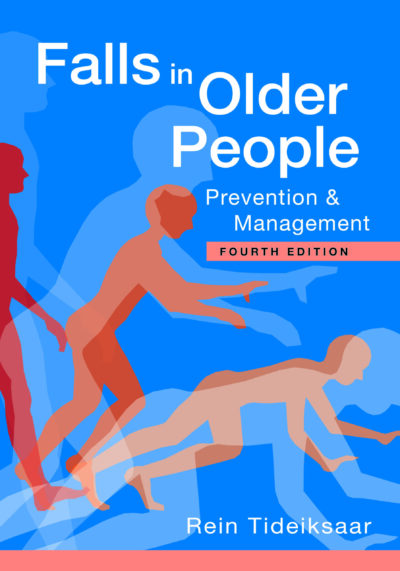
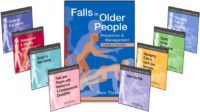
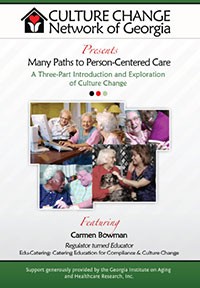
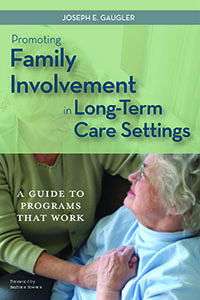
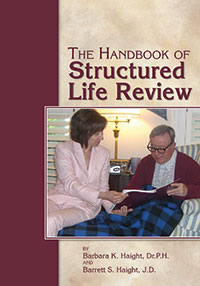
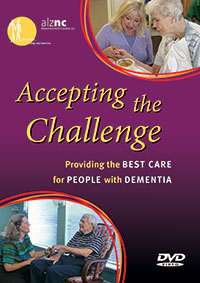
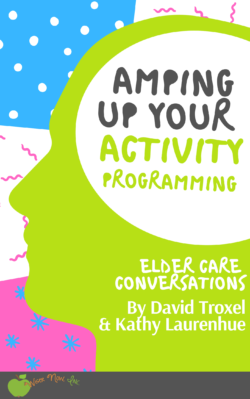
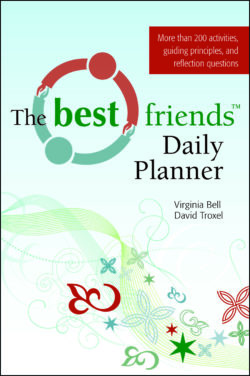
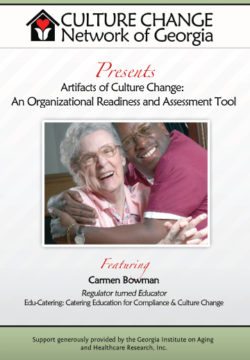
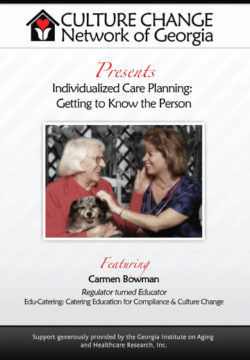
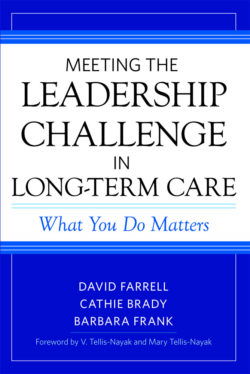
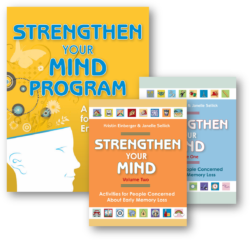
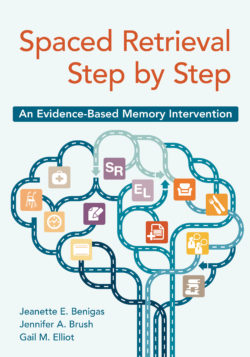
Administrator –
“For those of us who work in Fall Prevention we are fortunate to add to our resources another comprehensive, practical, evidence-informed fall prevention guide from the acclaimed author and fall prevention expert—Dr. Rein Tideiksaar. I am pleased to endorse this solid piece of work that focuses on an often overlooked population—health care providers who care for older persons in hospitals and nursing facilities. This fourth edition builds on a solid foundation of evidence on the causes and prevention of falls and translates this knowledge into practical solutions in the form of assessment tools, care plans, and detailed strategies for the application of least restraint policies, hip protectors, monitoring strategies, environmental modifications, discharge planning, and many others. A great strength of this book is the clear depiction of how proven strategies for prevention can be integrated into daily routine of health care providers in institutional settings. The book concludes with a useful set of case studies to help reinforce the wealth of new information and a series of answers to frequently asked questions sent to Dr. Tideiksaar over the years. This book is a must for all care settings for older adults.”
—Vicky Scott, PhD, RN, Senior Advisor on Fall & Injury Prevention B.C. Injury Research & Prevention Unit, and Ministry of Health Living and Sport; Director, Centre of Excellence on Mobility, Fall Prevention & Injury in Aging
Administrator –
“My first introduction to Rein was through Falls in Older People: Prevention and Management, Second Edition, subsequently interacting with him professionally on a few fall prevention advisory panels. Throughout our relationship I have remained in awe of his single-minded focus on reducing the incidence of falls among our most vulnerable older adults, those in unfamiliar surroundings such as hospitals and long term care facilities.
The general lack of effective inpatient and long-term care facility fall prevention programs is challenging but should not preclude the implementation of an evidence-informed approach to maintaining a safe environment for older adults. A well-educate staff with heightened awareness and standing protocols to promote a safe environment and identification and management of at risk older adults can reduce falls and fall-related injuries. This expanded edition provides the reader with a solid foundation in the basics of aging, fall prevention, and the evidence available on preventing falls. It should be the primary handbook of injury prevention/safety personnel in any facility housing older adult clients.”
—Bonita Lynn Beattie, PT, MPT, MHS, Vice President, Injurty Prevention Falls Free™ Initiative, National Council on Aging